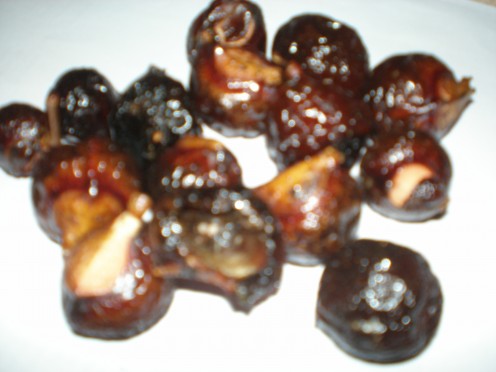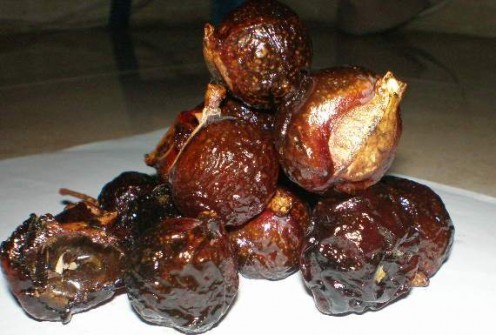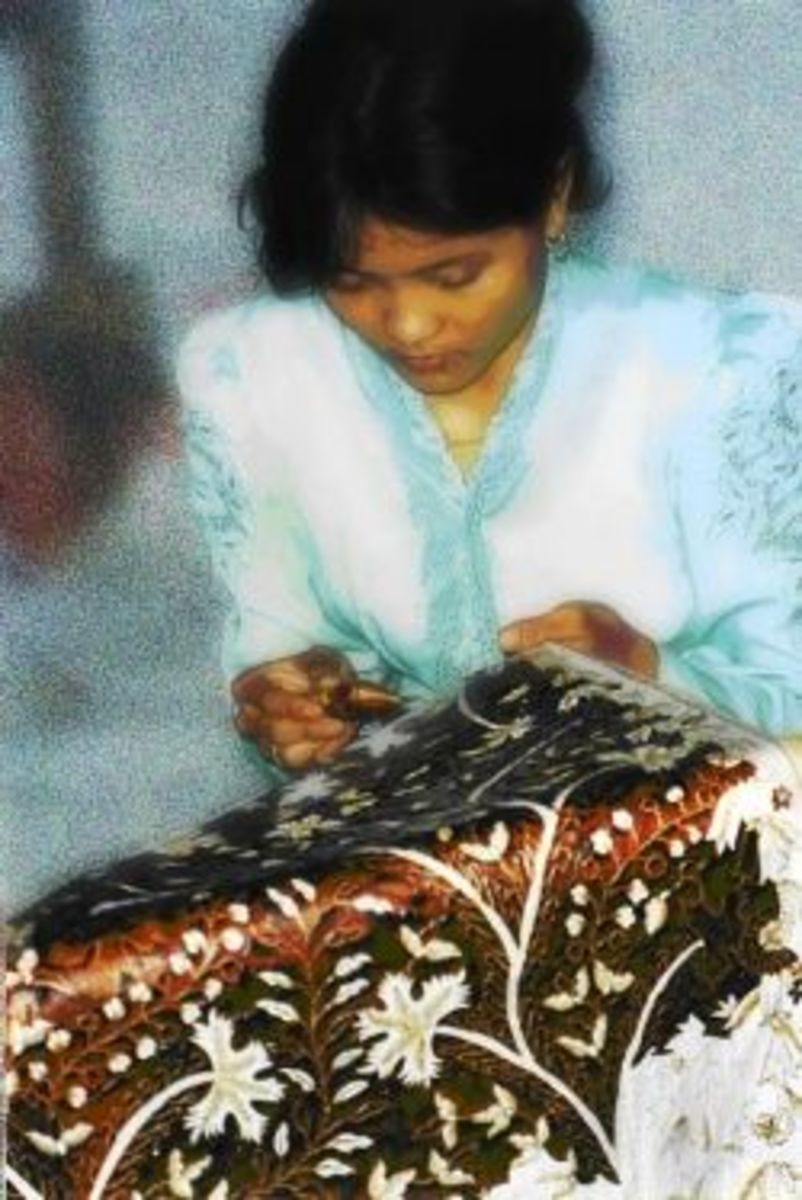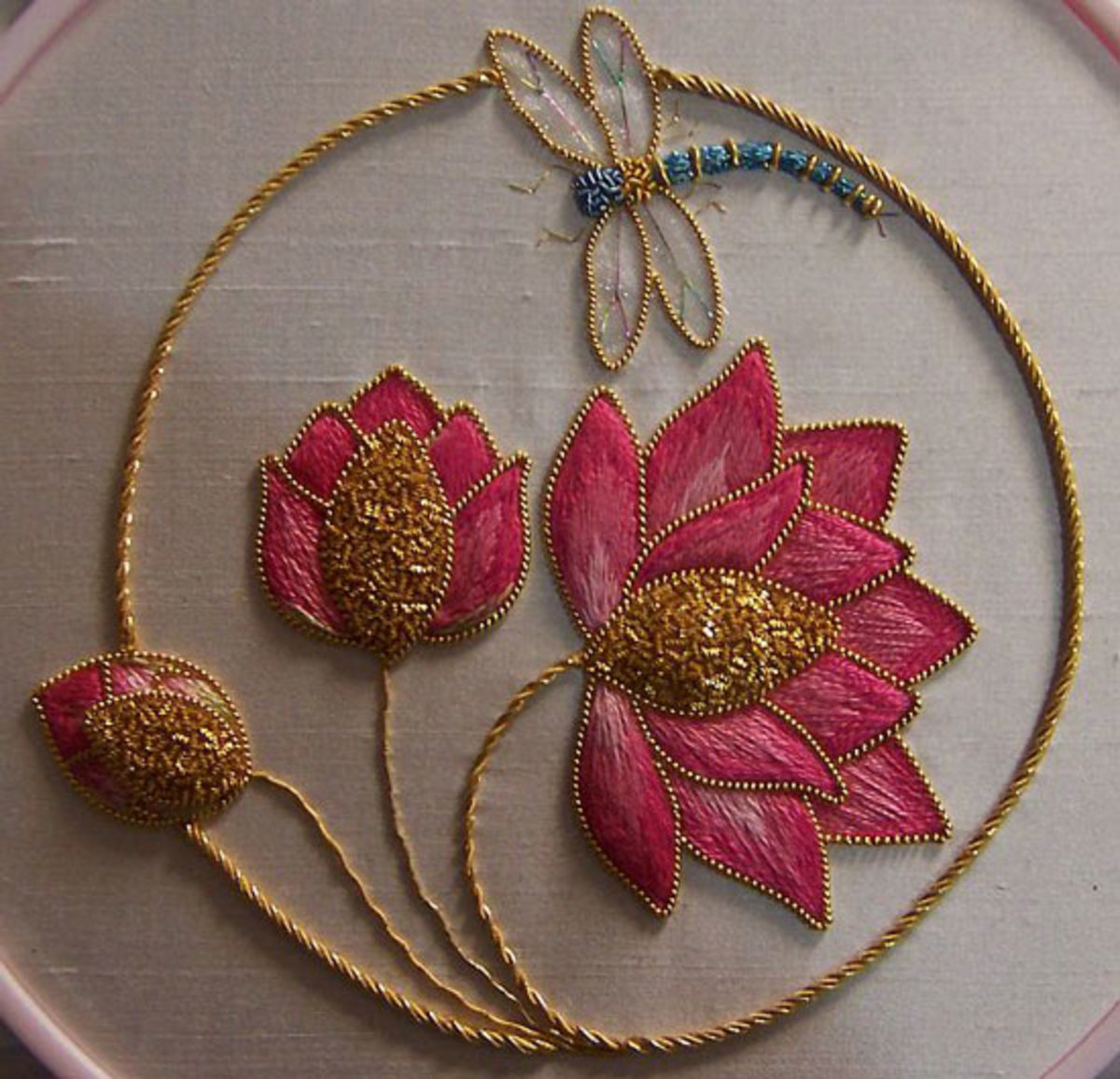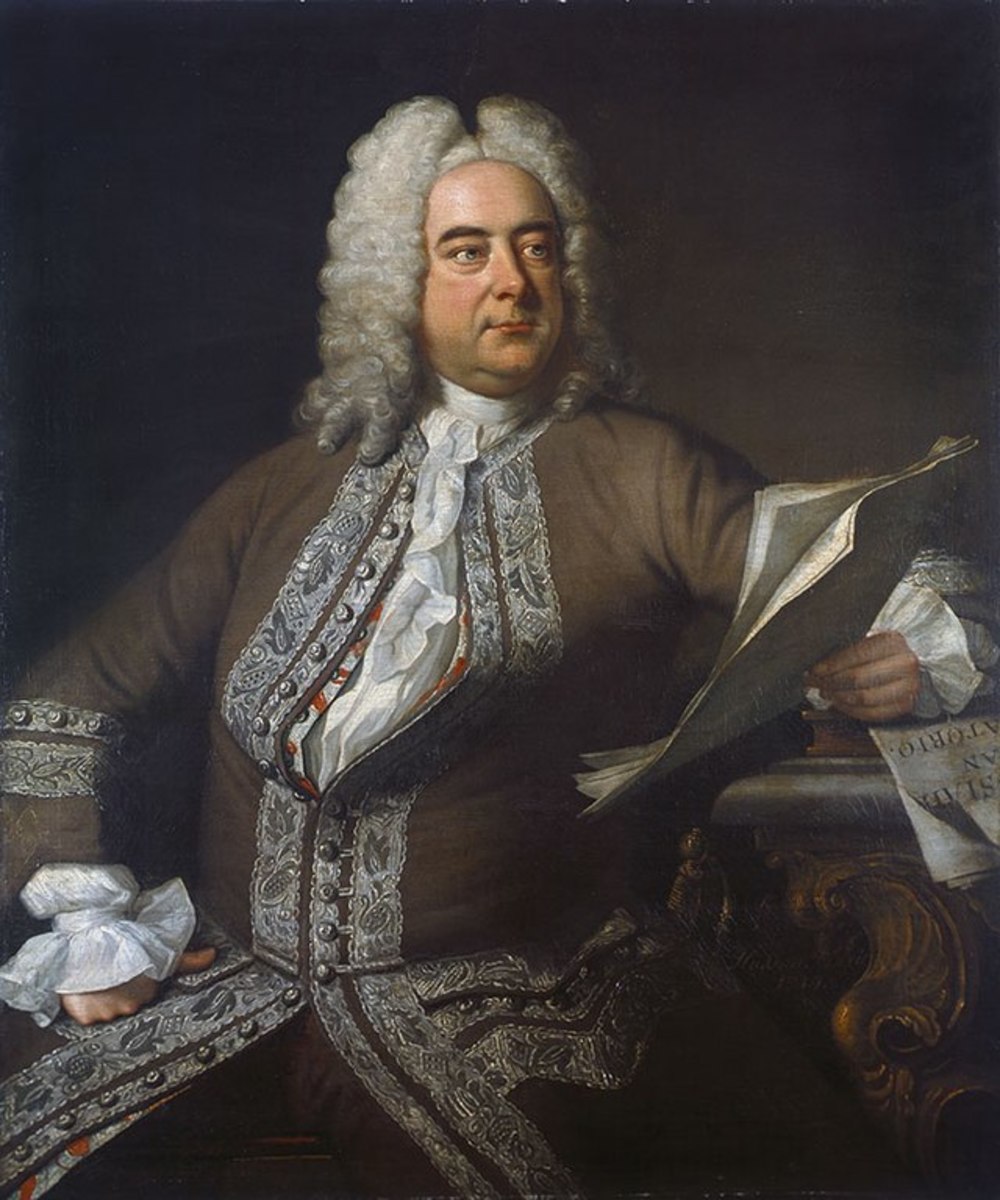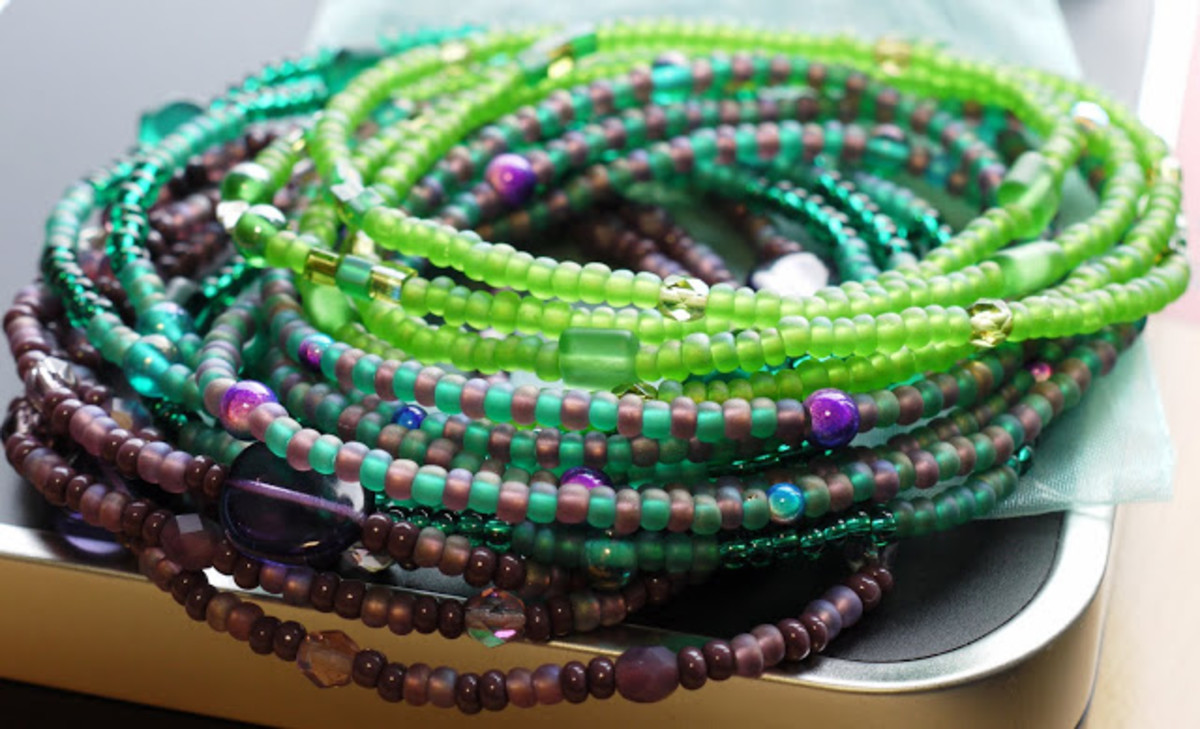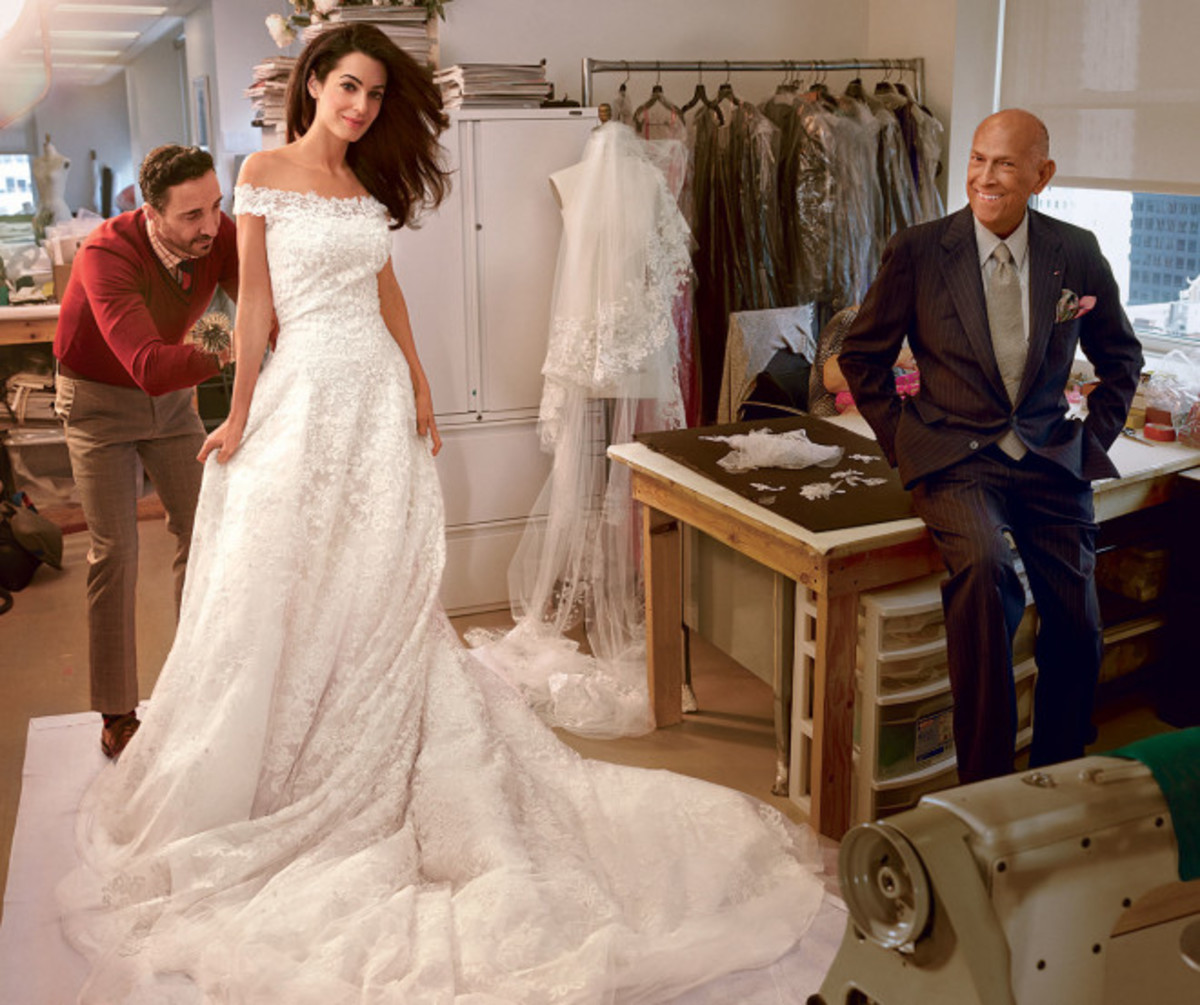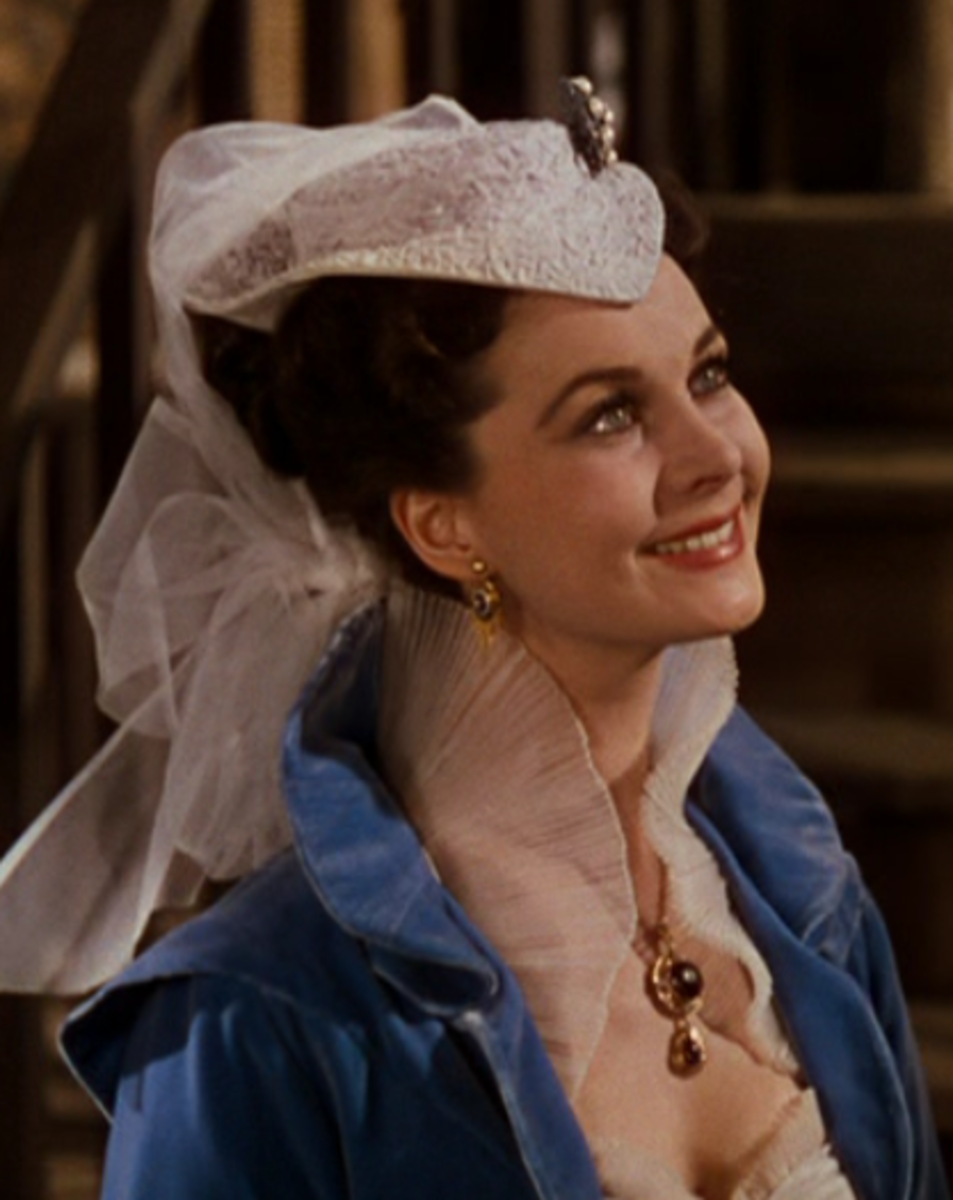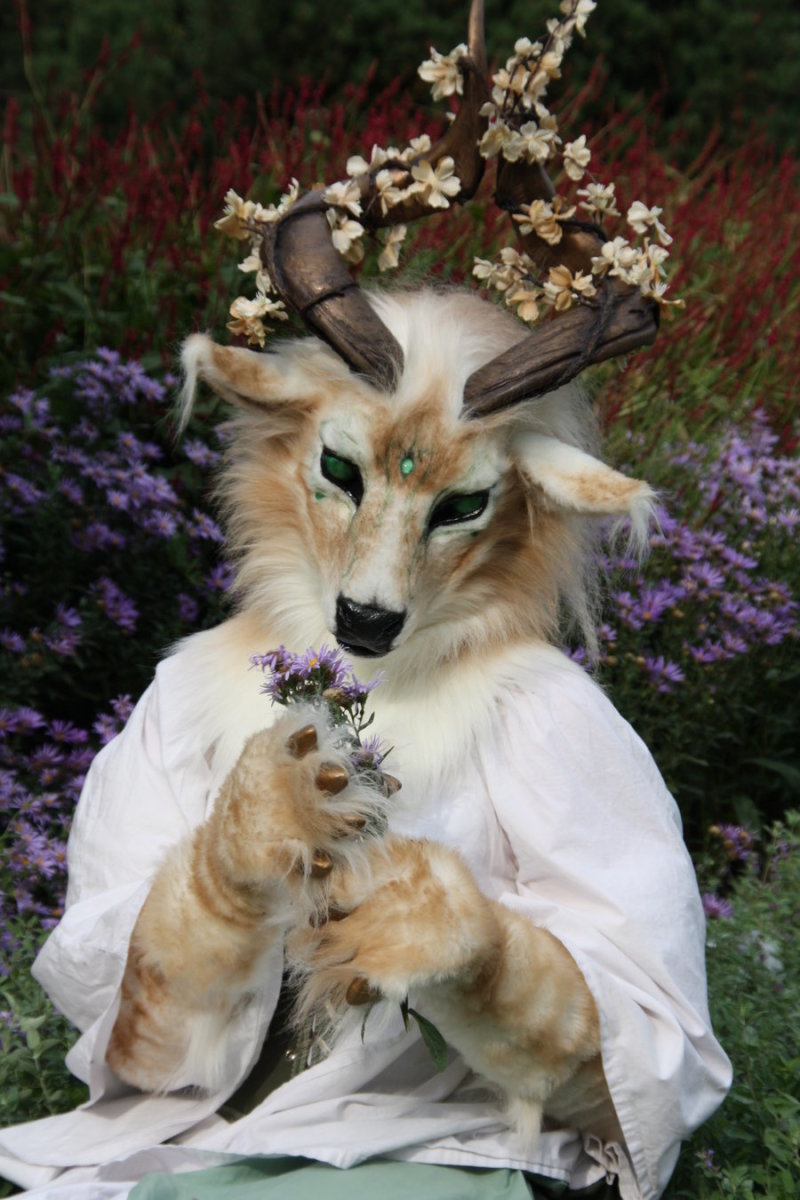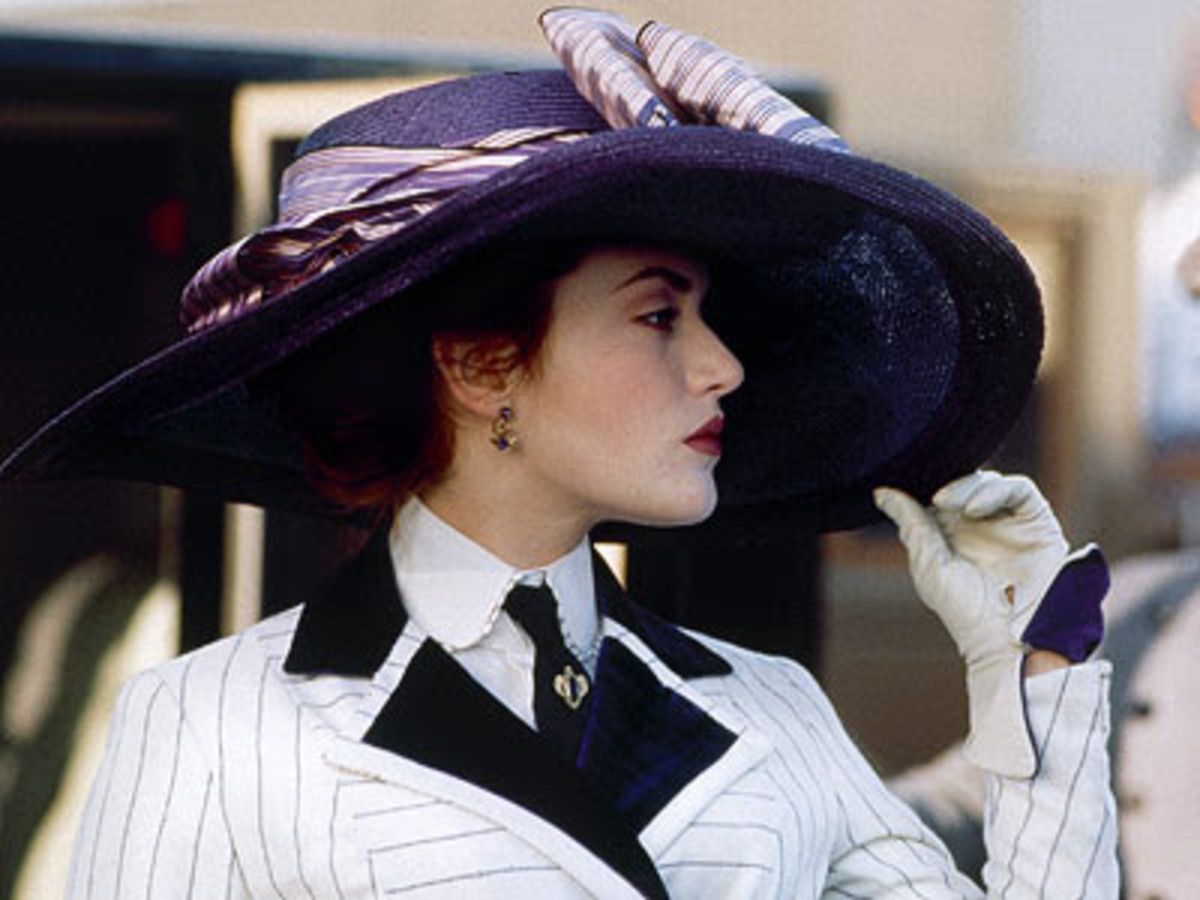- HubPages»
- Fashion and Beauty»
- Clothing»
- Costumes & Uniforms
Batik: From Traditional Goes International.
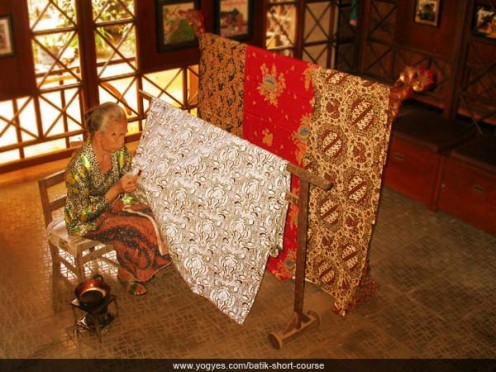
Brief History of Batik.
Batik making is a hundred-year-old tradition in Indonesia, especially in Yogjakarta, Solo and in some other cities along north coast of Java.
Although there's no certain information as where batik first originally came from, many historians believed that batik brought to Asia regions by travelers from Indian subcontinent then batik reached its highest artistic expression after its development in Indonesia.
In its early development batik was worn by royal court (Keraton) only, thanks to social changes in javanese society so that all walk of people could eventually wear batik.
Batik Designs
Although there are many different kinds of batik designs, in general batik designs are devided into 2 kinds: Geometric designs and Non geometric or free designs. Certain designs which come from northern coast of Java, particularly from Pekalongan and Cirebon, are known for the influence of Chinese culture and clouds motifs in their designs. Batik in geometric motifs are generally divided into the following popular designs:
P a r a n g.
Parang design was once used exclusively by royal courts of Cetral Java. Parang means " blade or knife", so this design consists of slanting rows of knife-like segments running in parallel diagonal bands. Parang design is usually alternated with narrower bands in a darker contrasting color in which another motif called mlinjon is located.
Parang design has several variations with the most famous one is called Parang Rusak, a motif consists of folded parangs.
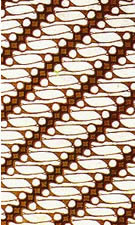
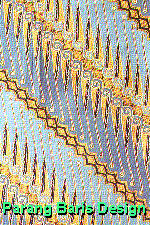
K a w u n g.
Kawung motif is a very old design known since the thirteenth century. Basically this design consists of intersecting circles. As the name suggests, Kawung represents florals such as the fruits of kapok or the sugar palm or Aren. Kawung design was historically reserved for Royal court of the Sultan of Yogjakarta only.
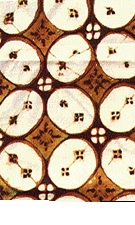
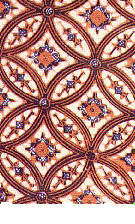
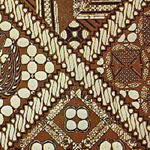
C e p l o k.
Ceplok is a general name of designs belong to geometric paterns which basically consist of squares, rhombs, circles, stars, etc. Ceplok can also represent stylization of flowers, buds, seeds, and animals. Illusion of depth and other effects in ceplok motifs can be resulted from variation in color intensity. Influences from muslim culture in potraying animals and human forms have brought some modifications which are depicted in Ceplok design.
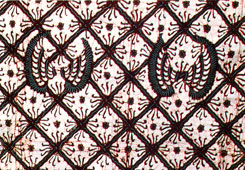
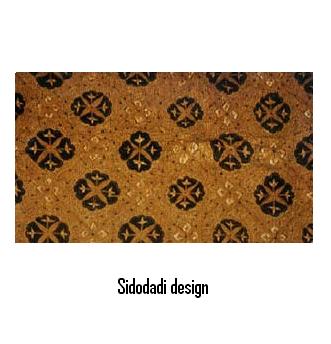
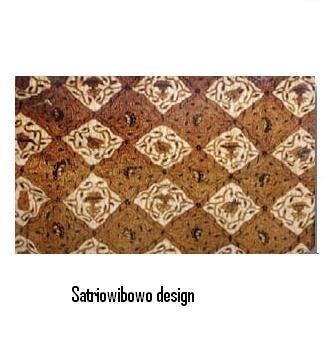
Some Philosophies Behind Batik.
Based on their motifs, especiallya in old batik designs, batiks also has some catagories which determine philosophies behind each motif.
1. Sidomulyo motif: It symbolizes this batik wearer should be (sido) happy and rich (mulyo).
2. Sidodadi motif: A motif which symbolizes the wearer wishes (to be prosperous, rich and get high position) may be granted.
3. Satriowibowo motif: It symbolizes a man with dignity.
4. Tikel Asmorodono motif: Symbosizes more and more (tikel) love (asmoro) and gift (dono) be
lavished to the wearer.
5. Sidomukti: This motif, which means "Live in full of prosperity and hapiness" is normally worn
by a bride and a groom in wedding ceremony.
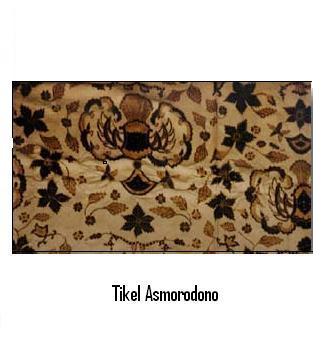
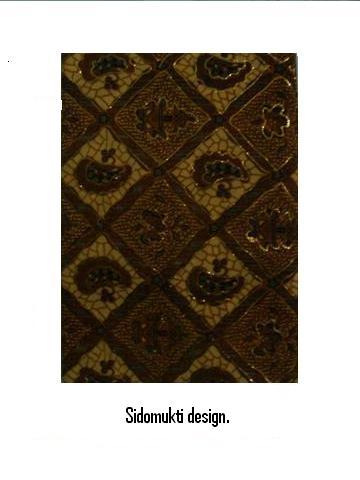

Occasions When People Wear Batik.
Batik is very popular among Indonesian, not to mention special occasions which need attire.
There are some occasions where batik is commonly worn :
1. Formal occasions, such as wedding reception, state banquettes, parties, etc. In this occasions invitees are required to wear long-sleeved batik for men and batik dress to cover lower body for women.
2. Traditional occasions. One example of this occasions is Javanese wedding ceremony and its reception party. Bride and groom wear batik in Sido Mukti motif symbolizing happiness and prosperous life. Parents of the bride and groom wear batik in Truntum motif to symbolize their advise to the newly weds for entering their new life with full of love and confidence.
3. Semi Formal occasions. Occasions like thanks giving, luncheon, circumcision reception at the neighborhood, etc are not so formal but not informal either. For attending such occasions, it is considered appropriate to wear short-sleeved batik shirt.
Batik as Indonesia's Cultural Heritage.
UNESCO has finally named batik as Indonesian Cultural Heritage in October 2nd, 2009. There had been a long and complex process for Indonesian batik to get the recognition. Extensive academic research had to be conducted to win this invaluable achievement amidst another country's similar attempt to be recognized as the true right proprietor of batik artistic creations.
It has been a great accomplishment that all Indonesians should be grateful.
Some Tips to Make Batik Long-Lasting.
1. Batik should't be washed using detergent.
You'd better use a fruit which is locally called Lerak or Klerek or soapnuts.(latin: Sapindus rarak) Crush one soapnut in some water then you can use the water for washing batik.
If your batik is made of silk material, you should dry wash it.
2. Hang batik promptly on a hanger.
Don't squeeze it too strong (one or two gentle presses is enough).
3. Don't dry batik under direct sun.
The sun heat will fade the color of batik, so just dry batik in shady places with good ventilation.
4. Iron batik indirectly.
Use a lining cloth over the batik being ironed.
